Feeling excited, I wait for my PlayStation 5 to flicker on so I can go somewhere I haven’t before, the USG Ishimura, splattered with fresh blood by Motive Studio for its Dead Space remake, released January 27. The mining ship has always been the gray spinal cord to trigger-happy horror Dead Space, originally released in 2008 and made by the since-shuttered Visceral Games, and I’ve gleaned as a newbie (I was 10 in 2008) that it’s one of the best horror games of all time. But after I see the ship—and the atrocities that populate it, indicated by graffiti (“Fuck this ship, it’s a shitty capitalist organization,” one on-the-nose scrawl says) and hallways sticky with organic goo—I wonder if that’s still the case.
The USG Ishimura itself, at least, lives up to my expectations. As engineer Isaac Clarke, a formerly non-speaking character now imbued with Dead Space 2 and 3 actor Gunner Wright’s cool voice of reason, I crash-land onto it along with my bickering crewmates, including Chief Security Officer Hammond and computer specialist Kendra Daniels. I’m immediately impressed by the ship’s engulfing shadows, the only extra dimension, really, to the lightless spine I spend around 16 hours running across and around.
It’s glued together by a speedy tram system, which was cut up by loading screens in the original game, but, in this Dead Space, travels smoothly without interruption. Though I often press my controller’s right stick to prompt a glowing blue line to guide me to my next location, the tram system makes Ishimura’s smallness obvious and more suffocating. This feeling doubles when I re-enter an area I was recently in, not thinking about the bodies I already wasted until noticing, there they are, still piled up.

Those bodies, with their taut, twisted skin, lumpy intestines poking through—like when you stick your thumb into an orange to break it open—belong to Isaac’s main opponent, the necromorphs.
The remake adds rooms you can access with an added security clearance system (you earn Level 1, 2, and 3 clearance naturally as you progress through the game), which sustains exploration even after Ishimura’s halls become familiar, and optional side quests for added context and background on characters. But, other than that, Dead Space 2023 doesn’t build on Dead Space 2008’s unconvincing story of crazed Unitologist cult members infecting people with their Red Marker in their quest for ascension, and so necromorphs continue to be yowling, sour victims of the Marker, and you need to hack their limbs off.
There are options for how you’d like to accomplish this. Maybe you prefer the Plasma Cutter, Pulse Rifle, or the Ripper, which shoots saw blades. I’ve become attached to the Force Gun, a Dead Space 2 acquisition, which uses the game’s gravity manipulation module, Kinesis, to blast away necromorphs until they become piles of rattled bones.
I do that a lot. I blast away babies with tendrils unfurling from their back while they spit some green acid at my Isaac, who ejects a low groan or a gravelly scream in response. I can hear his pulse racing when he’s quiet.
I blast away necromorphs that look like overgrown bats and necromorphs that look like praying mantises while a “boss” necromorph lumbers toward me like an intimidating, headless bear. I pause it with Stasis, another gravity manipulation that you can recharge to put enemies in slow-mo—it goes down disappointingly easily with a few hits to the yellow pustules around its joints.
I start associating my disappointment with these fluid-filled bulbs. I’m confused by what the Dead Space remake chooses to keep and what it changes.
Its light and graphics get an objective improvement, the type that 15 years allow.
And this isn’t a change, but it’s also worth noting that Dead Space’s gameplay on PS5 is clean—aside from a minor irritation where starting the game back up after saving at a checkpoint immobilized Issac, so I had to close and restart the game on a few occasions— which annoyingly feels like a rarity for new releases.
I’m happy that a game runs like it’s supposed to. But Dead Space’s visual improvement isn’t as noticeable as Demon’s Souls in 2020, and whether or not you like its tweaks and additions will come down to preference.
I might have preferred if Isaac never spoke. He was, before, an empty bowl for players to place their own fears, their anxieties—mine grew insistently the longer I spent hearing muffled moans reverberating throughout Ishimura.
In the remake, Isaac speaks, but he never gives me anything to identify with or root for. He’s following orders, and he wants to go home. Great, the same was true for nearly everyone else on Ishimura, and I’ve been mindlessly chopping them into pieces. Why should I care if Isaac, in particular, lives or dies? When he takes off his mask, I don’t even feel like I recognize him.

The game’s boss fights, as I mentioned, retain the boring, methodical process of the original. Hit the yellow boils until they pop. Move to the left if a tendril is about to hit you. Then to the right.
When I fight a boss in one of the game’s “zero gravity” environments, I use my jetpack (on loan from Dead Space 2), to help me execute a similar strategy, zooming away from tendrils and floating versions of those exploding yellow sacs while I awkwardly try to steer an Asteroid Defense System cannon into a weak point. I win. Yay. What am I fighting for again?
For love, maybe. Isaac wants to reunite with his girlfriend Nicole, a medical officer aboard the Ishimura who barely exists unless you pursue her optional side quest. But no, just as in 2008’s Dead Space, the first letters of the game’s chapter titles spell out N I C O L E I S D E A D, and love was never an option. In the game, it’s a token, something developers put in just so you’d be scared when you realized it wasn’t actually there.
It is, however, effective. I’m scared while playing Dead Space, though that feeling alternates with a droopy sense that I’m missing something, most likely the magic of 2008. I’m missing out on a PC to run those sooty, grainy graphics in someone’s dark dorm room.
15 years later, we have more compelling protagonists to choose from, and even more interesting space zombies, like those in Dead Space creator Glen Schofield’s The Callisto Protocol, which is also mired by repetitive bosses, but at least looks and sounds incredible. The Dead Space remake accomplishes what it set out to do, it makes an old game compatible for modern consoles. But that’s all it does. 2008’s lightning stays in its bottle.

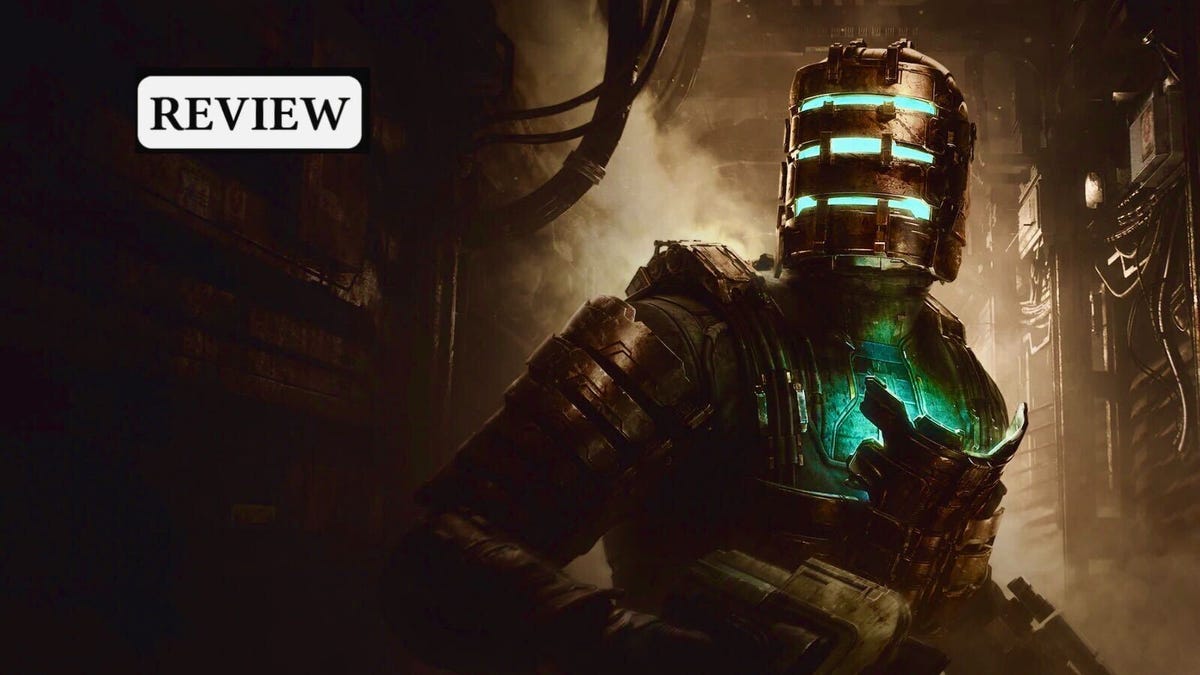
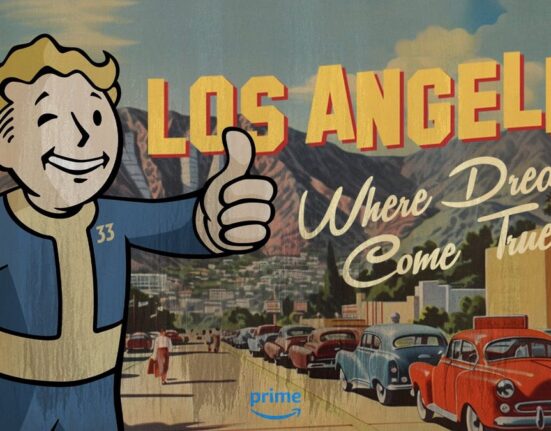
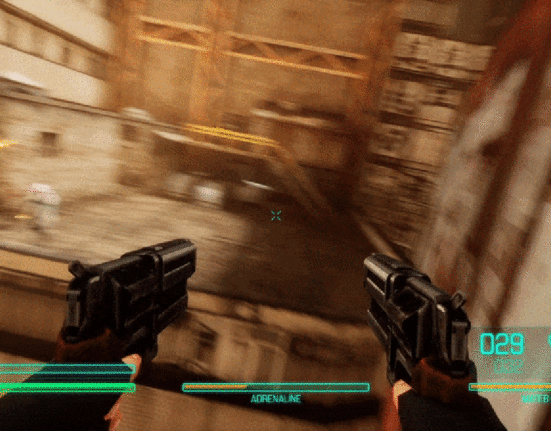
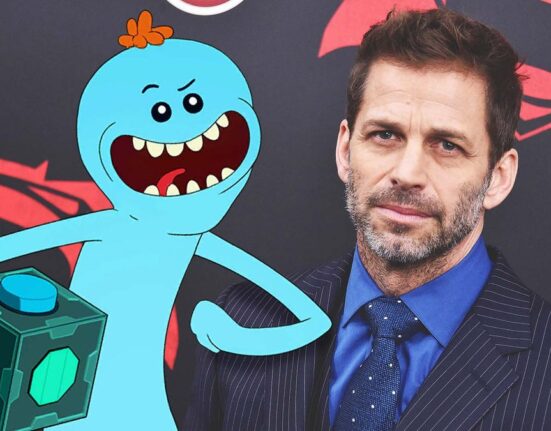
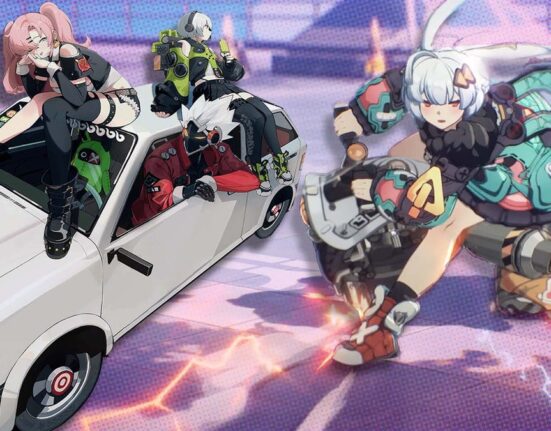
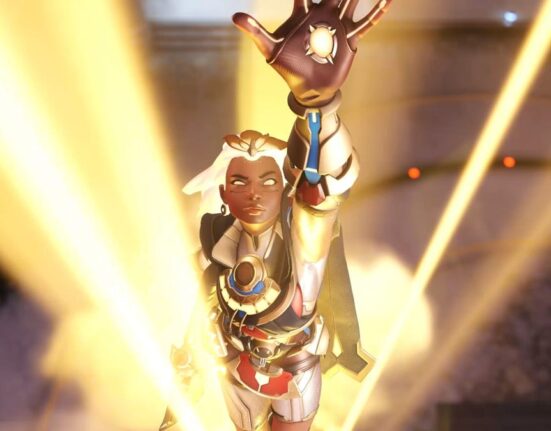
Leave feedback about this